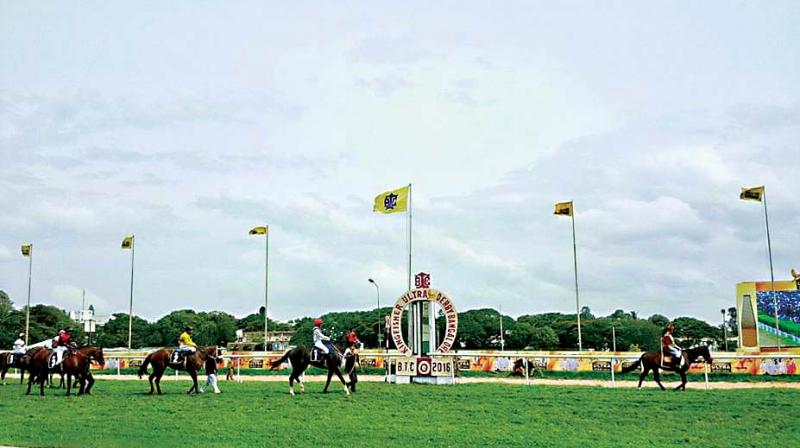Bangalore Turf Club doping row: Don't judge a horse by a man's yardstick

Bengaluru: All the hullaballoo around the racehorse Queen Latifa after procaine was detected by the National Dope Testing Laboratory (NDTL) was the result of NDTL being ignorant of the criteria on the level of procaine that is administered to horses.
The NDTL which tests samples for the banned drugs in athletes, only acquired NABL accreditation for its horse dope testing facility in April 2014. Since then, the laboratory began testing routine urine samples sent by the Hyderabad and Madras Race Clubs.
It is learnt however that the laboratory that is equipped to set the level of prohibited drugs administered to horses, does not have the measure on what levels of procaine are considered acceptable. The laboratory, in the case of Queen Latifa and other horses in Madras Race Club, released results without referring to the international threshold limit for administering procaine.
Earlier this month, Chairman, Veterinary Commission Turf Authorities of India, Dr. S.M Karthikeyan, referring to a positive report for procaine by NDTL, quantification of which was 6.65/-1.31 ng/ml, had stated that both CVRL Dubai and the Hong Kong Jockey Club were of the opinion that procaine at these extremely low levels may be ignored and a reporting level of 10 ng/ml of urine and 1 ng/ml in plasma could be adopted.
The chairman, while suggesting that NDTL adopt internationally practiced reporting levels for procaine, cited a reply from the Hong Kong Jockey Club when it received the same sample stating the sample cannot be accepted for confirmative analysis in view of the low level and the stability of procaine in the sample. This was the same sample which was declared positive by NDTL.
NDTL in response had welcomed the chairman’s suggestion and responded on April 12 stating “It’s always good for the naive, to learn from experts of your stature who possess such vast experience in this related field. Based on your suggestion, we would also implement the in-house screening limit for procaine as 10 ng/ml and 1 ng/ml in plasma for reporting of results.”
“If the samples, instead of NDTL, would have been sent to Hong Kong or other labs abroad, the results would have been negative, considering the low level (1.22 ng/ml) procaine in the sample,” a BTC official told Deccan Chronicle.
Pain killer
Procaine is added to both penicillin and dicrysticin, two of the most common antibiotics used in veterinary practice to obviate pain to the extent possible at the site of injection, with both antibiotics being administered intramuscularly in high doses over extended periods of time.
Analytically, procaine is eliminated from the body over prolonged periods which cannot be stipulated and the existing practice of administering procaine penicillin for five days or longer may result in the legitimate injection of procaine penicillin giving rise to an extended reporting time, explained Dr. S.M. Karthikeyan.

